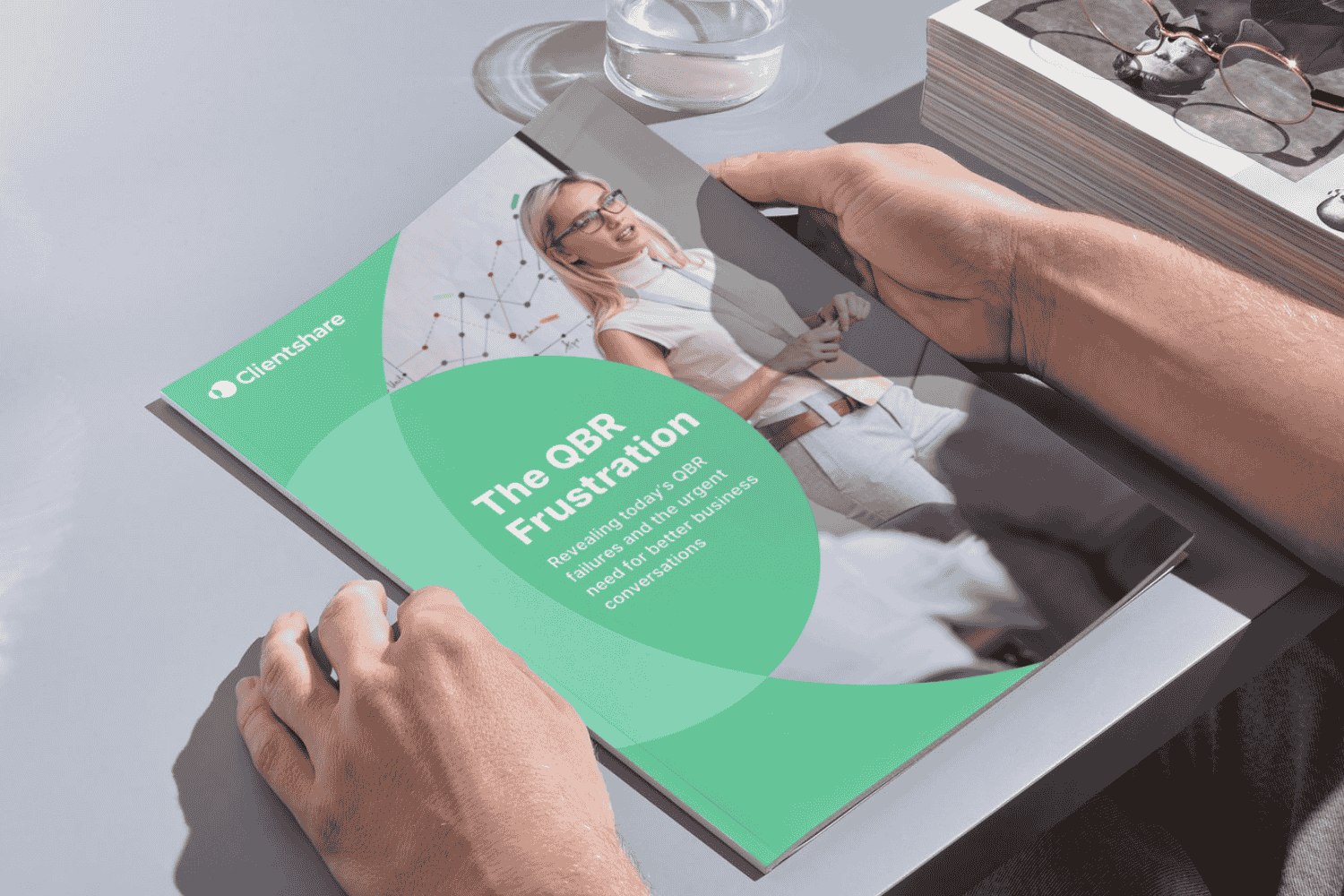
Quarterly Business Reviews (QBRs) are meant to bridge the gap between suppliers and buyers, ensuring alignment and long-term success. However, research shows that poor visibility into QBR outcomes and buyer sentiment is limiting their effectiveness. With only 38% of suppliers having full insight into customer feedback and account health, key warning signs of dissatisfaction often go unnoticed.
The visibility gap
Without structured processes to capture feedback and track commitments, suppliers struggle to measure the true impact of their QBRs. Three key challenges stand out:
- Incomplete tracking– 62% of senior supplier leaders lack full insight into QBR discussions, commitments, and customer sentiment.
- Limited stakeholder feedback – Only 24% of suppliers in the UK have full visibility across all customer accounts.
- Unfulfilled commitments – 57% of suppliers admit that promises made during QBRs are not effectively actioned.
When follow-ups are missed, the strategic value of QBRs is diminished, making it harder to drive meaningful engagement and business growth.

How to improve QBR visibility & customer engagement
To enhance QBR effectiveness, suppliers need to implement structured processes that capture, measure, and act on customer insights.
- Implement systems for capturing customer feedback – Use structured surveys (CSAT, NPS) and CRM systems to ensure buyer sentiment is consistently monitored.
- Track and action QBR commitments – Establish clear accountability and follow-up processes to ensure commitments made during QBRs are fulfilled.
- Expand stakeholder engagement – Involve key decision-makers in QBRs to gain a clearer, more strategic view of customer needs.
- Leverage QBRs for proactive relationship management – Use QBRs as an opportunity to address concerns before they escalate and strengthen long-term partnerships.

Final thoughts
QBRs should give suppliers a clear picture of customer relationships, yet many organisations are operating in the dark. As highlighted in The QBR Frustration report, improving visibility, tracking commitments, and leveraging data-driven feedback are critical steps in transforming QBRs into a tool for customer retention and growth.
Read more:




